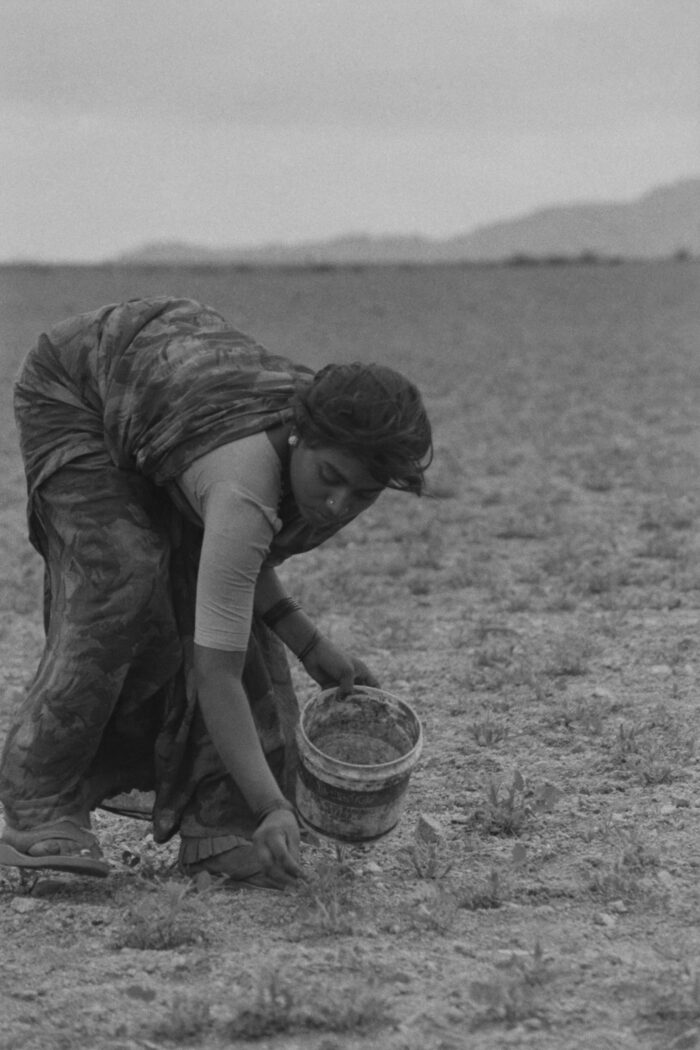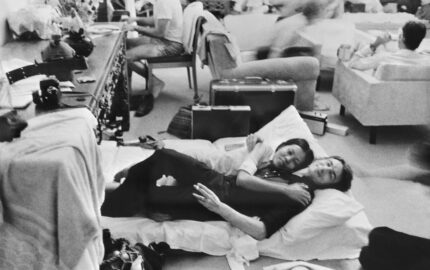Growing up in Nepal under the autocratic monarchy I did not know that journalists could tell stories about underdogs. The government only broadcast news about the royals and their official visits. Newspapers were equally limited. Even after democracy was restored in 1990, national news focused mainly on the capital, Kathmandu. In 1996, I was a student in India when I happened upon Palagummi Sainath’s “Everybody Loves a Good Drought,” a collection of stories that Sainath wrote about rural poverty in India and the failure of the Indian government to protect the poorest citizens. It was an eye-opener for me. I had never seen a journalist with such passion for finding stories of the people who had been systematically silenced.
I had never seen such stories reported from Nepal. I realized that I did not even know my country. It was Sainath who has inspired me to tell stories of people who are neglected by the mainstream media.
Everybody Loves a Good Drought: Stories from India’s Poorest Districts
By P. Sainath
Penguin India, 1996
PUDUKKOTTAI (Tamil Nadu): It was a swift, silent raid, launched under cover of darkness as the train crept into Pudukkottai railway station at 2:30 a.m. The passengers remained asleep. I was pinned back in the corridor with my knapsack. A befuddled security guard who had been dozing, leaning against his rifle, looked on helplessly as the men swarmed on board. They were armed with pots, buckets and jerry cans.
And all they wanted was water.
This they obtained by emptying the toilet tanks with practised ease. A couple of minutes later. I was alone on the platform. They were gone. So was most of the train’s water.
Scarcity has promoted a thriving water market in this district of 1.3 million people. This operates in terms of both irrigation and drinking water. Right here, in Pudukkottai town, you can witness all-night searches for water at many points. In the villages, no one gets more than ten litres of water daily. That’s the average on the good days—and ten litres won’t fill one standard sized bucket. Often, it falls to six litres and on some days to nil. Compare that with the dally average of 220 litres each resident of Delhi gets. That figure is 90 in Calcutta, 155 in Bombay and 70 in Madras.
Copyright © 1996 by Palagummi Sainath. Reprinted by permission from Penguin Random House India.




